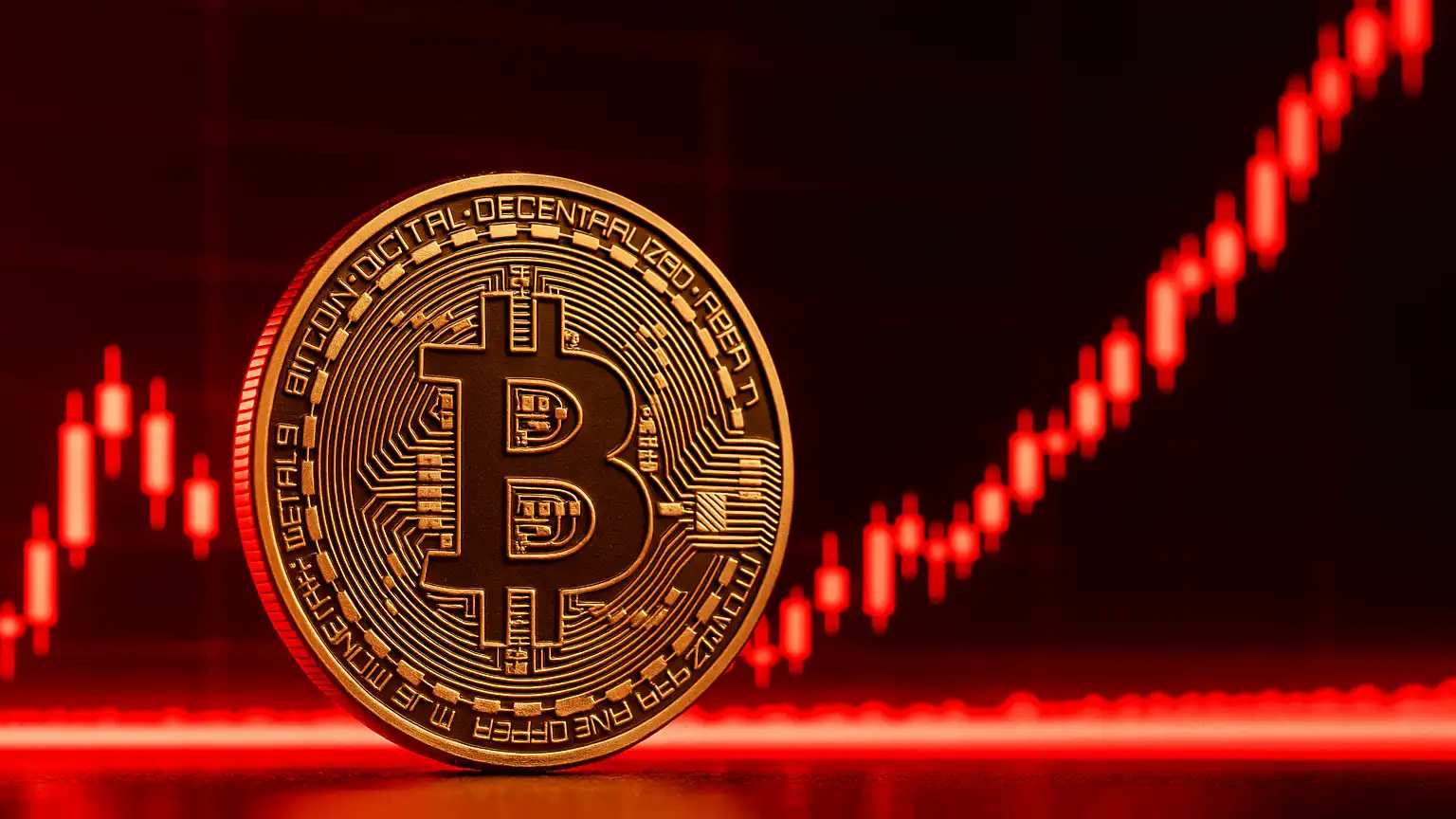In March 2025, the United States government, under President Donald Trump, announced the establishment of the Strategic Bitcoin Reserve (SBR), marking a significant shift in the nation’s approach to digital assets. This initiative aims to position Bitcoin as a national reserve asset, reflecting a broader strategy to integrate cryptocurrencies into the country’s financial infrastructure. The creation of the SBR has sparked extensive discussions regarding its potential impact on the economy, regulatory landscape, and the global standing of the U.S. in the digital currency arena.
Genesis of the Strategic Bitcoin Reserve
The inception of the SBR can be traced back to an executive order signed by President Trump in early March 2025. This directive outlined the government’s intent to utilize forfeited Bitcoin holdings to establish a reserve, thereby acknowledging the growing significance of digital assets in the global financial system. The U.S. government, recognized as one of the largest state holders of Bitcoin, reportedly possesses approximately 198,000 BTC as of August 2025. By formalizing these holdings into a strategic reserve, the administration signaled a commitment to embracing and legitimizing cryptocurrency within the national economic framework.
Objectives and Strategic Intent
The primary objective of the SBR is to bolster the United States’ position as a leader in the digital asset space. By integrating Bitcoin into the national reserve, the government aims to stabilize and potentially enhance the value of its holdings, leveraging the asset’s appreciation over time. Additionally, this move is intended to encourage institutional adoption of cryptocurrencies, providing a model for other nations to follow. The establishment of the SBR also serves as a countermeasure to previous regulatory uncertainties, offering a clear stance on the government’s support for digital asset integration.
Regulatory and Legislative Developments
Concurrent with the establishment of the SBR, the U.S. government has undertaken significant legislative efforts to regulate and support the cryptocurrency market. Notably, the Guiding and Establishing National Innovation for U.S. Stablecoins Act (GENIUS Act) was signed into law in July 2025. This legislation provides a comprehensive regulatory framework for stablecoins, addressing aspects such as reserve requirements, transparency, and consumer protection. The GENIUS Act reflects a concerted effort to create a stable and secure environment for digital asset transactions, further reinforcing the government’s commitment to fostering innovation in the financial sector.
Market Reactions and Economic Implications
The announcement of the SBR had an immediate and profound impact on the cryptocurrency market. Following the news, Bitcoin’s value experienced a significant surge, with prices increasing by over 11%. This uptick was accompanied by a broader market rally, as investors interpreted the government’s move as a strong endorsement of digital assets. The establishment of the SBR is also expected to influence macroeconomic factors, including monetary policy and inflation control. By incorporating Bitcoin into the national reserve, the government may diversify its asset base, potentially mitigating risks associated with traditional fiat currencies.
Global Perspectives and Future Outlook
Internationally, the U.S. initiative has prompted other nations to reevaluate their stance on digital assets. Some countries are considering similar reserves, while others remain cautious, citing concerns over volatility and regulatory challenges. The U.S. move may set a precedent, encouraging global adoption and integration of cryptocurrencies into national financial systems. Looking ahead, the success of the SBR will depend on effective management, regulatory clarity, and the continued evolution of the cryptocurrency market. As the landscape develops, the U.S. may find itself at the forefront of a digital financial revolution, with the SBR serving as a cornerstone of this new era.





